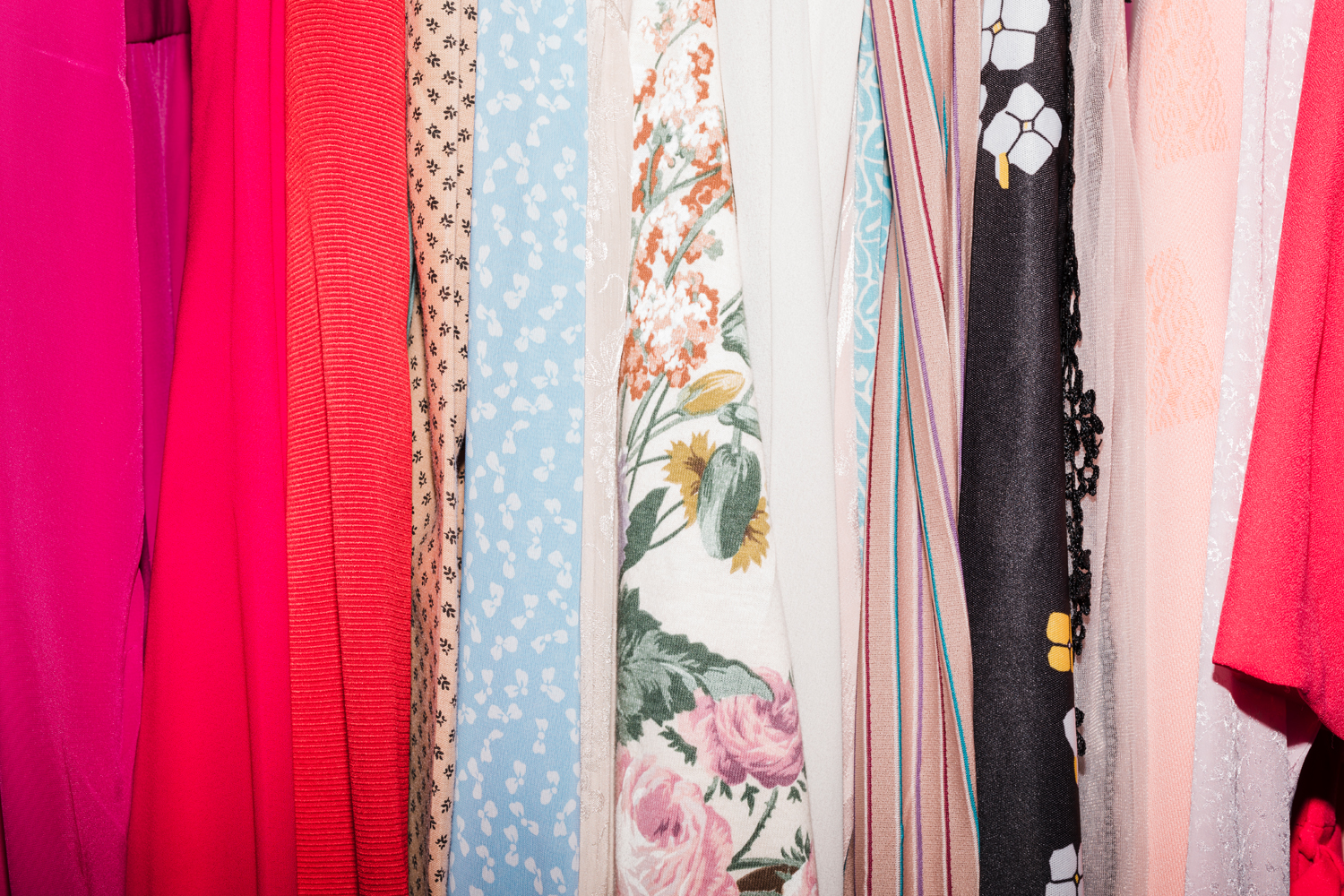Why do some fabrics loose their colour?
Have you ever taken a garment to your drycleaner, only to have it returned faded or with localized areas where the color has disappeared? According to the Drycleaning & Laundry Institute’s International Textile Analysis Laboratory, you are not alone. A good portion of the garments analyzed every year at the lab suffer from some form of color loss, fade or dye bleed.
What causes color loss?
The reasons garments lose their color are varied. Some color loss can be directly attributed to the consumer. For instance, contact with bleach or a household cleaning product can disturb dyes, resulting in white discolorations. The use of hair spray, hair preparations, and other moisture solutions can cause similar color loss. Color loss can also result from the use of perfumes and other alcohol-containing substances.
Other forms of color loss can be attributed to the manufacturer. Fugitive dyes – dyes that are not colorfast to drycleaning solvent or water – are the biggest manufacturer-related problem reported by DLI’s analysis laboratory. In these cases, the dyes on the garment dissolve when cleaned in drycleaning solvent or water—despite the instructions on the care label. The color loss may occur throughout the garment or be localized in certain areas. For instance, the pink flowers on a pink-and-white print may be solvent-soluble, and, after drycleaning, the garment may come out completely white.
Some dyes are more susceptible to loss of color than others. Pink, red, blue, and black are usually the most troublesome colors and can be expected to show some type of variance regardless of the precautions taken.
The degree of local color loss depends on the concentration of the staining substance, the dyeís sensitivity, and the length of time the substance remains on the fabric. Some substances can cause an immediate loss or change in color, while other substances can cause gradual color loss. Color loss caused by acidic or alkaline substances may be reversible if treated immediately, while other types of color loss, such as contact with alcohol or bleach, are permanent. Removal of the soils during washing or drycleaning usually causes the color loss to become more apparent.
The table below lists various causes of color loss.
How can you minimize color loss?
Follow the care label. Instructions that specify that the garment be washed with similar colors, separately, or in cold water may indicate unstable dyes.
If you suspect a dye, such as red or pink, will bleed during washing, wash with similar colors in cold water on short cycle to minimize any color loss and dye transfer to other articles in the load.
Have all pieces of a matching outfit cleaned at the same time to avoid any color discrepancies.
Store garments away from natural and artificial light. A cool, dark closet is a good location for storage.
Treat all spills immediately. Blot-do not rub. Remember that even though some spills like soft drinks dry invisibly, they can show up later.
Use care when applying perfumes, hair spray, and other alcohol-containing substances; as well as bleach, including skin preparations.
To prevent color changes from perspiration, have garments cleaned as soon as possible after wear.
To aid your drycleaner in minimizing color loss problems, be sure to point out any spills and examine the garment beforehand for any type of color loss.
If you purchase a drycleanable garment that you suspect may have color problems (multiple colors or red/white combinations), have it tested by your drycleaner for colorfastness.
If tests show the colors may bleed, you may opt to return it to your retailer for a refund.
Remember that some garments may have color problems in spite of the care label and testing. Unfortunately, the drycleaner often has no way of predicting color problems.
From DRYCLEANING & LAUNDRY INSTITUTE INTERNATIONAL



Can your company dye clothes to reverse bleach stains? Husbands good work pants are ruined. They are black.
We do not provide a dyeing service, we have experimented with dyeing in the past and have never been satisfied with the results. Unfortunately, I’m not aware of anyone that provides this service currently.